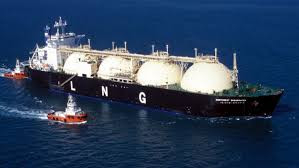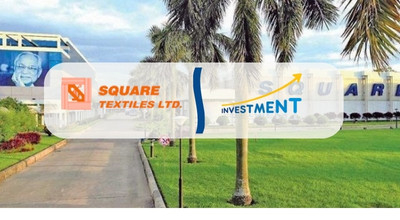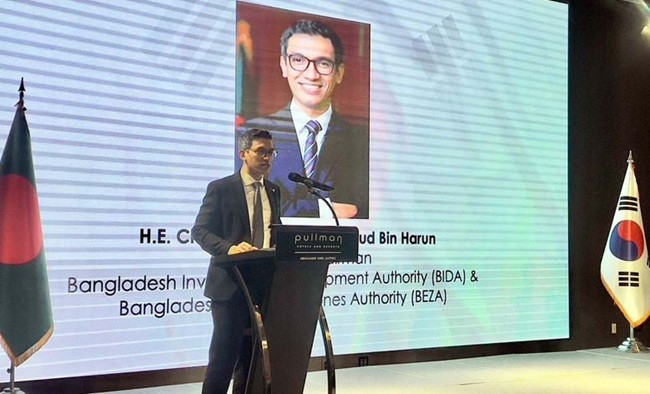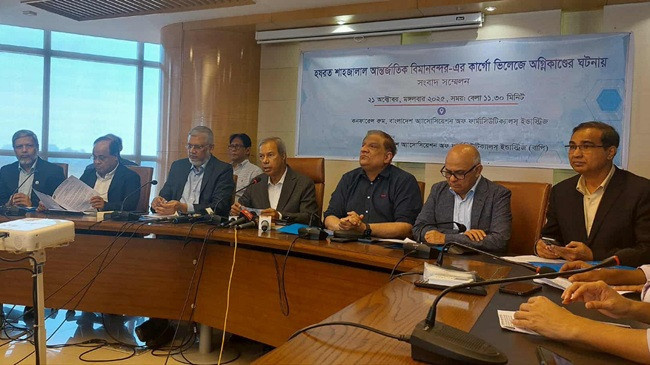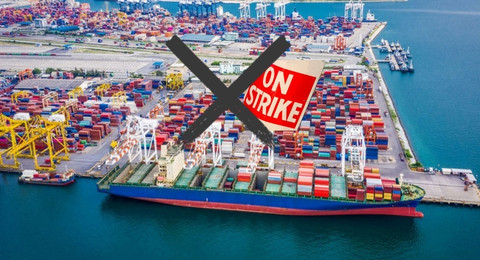Savar leather industrial park likely to come under BEPZA management
Share This
A high-level government committee is finalising a proposal to transfer the Savar Tannery Industrial Estate from the Bangladesh Small and Cottage Industries Corporation (BSCIC) to the Bangladesh Export Processing Zones Authority (BEPZA), in a move aimed at restoring environmental compliance and boosting export competitiveness in the leather sector.
The committee, led by Major General (Retd) Md Nazrul Islam, Executive Member of the Bangladesh Economic Zones Authority (BEZA), is set to submit its recommendations to the Ministry of Industries within a month. The roadmap covers regulatory, operational, administrative, legal, and financial frameworks for the handover.
Officials said the transition aligns with the government’s broader agenda to unify industrial governance under experienced agencies. BEPZA’s proven efficiency in managing central effluent treatment plants (CETPs) across its export zones is seen as crucial for reviving the troubled Savar estate, long plagued by poor waste management and non-compliance with international environmental standards.
According to the Bangladesh Investment Development Authority (BIDA), the estate’s non-functional CETP has prevented tanneries from obtaining Leather Working Group (LWG) certification, forcing many to import finished leather and sell at deep discounts in Asian markets instead of exporting directly to Europe or the US.
Despite an investment exceeding Tk1,000 crore since 2003, the Savar estate still lacks a working chrome recovery unit and solid waste resource recovery system, leading to environmental clearance issues. Only eight Bangladeshi companies currently hold LWG certification, including Apex Footwear and Riff Leather.
Bangladesh’s leather exports totaled $1.15 billion in FY25, according to the Export Promotion Bureau. With effective policy coordination and environmental compliance, industry insiders believe the sector could reach $5 billion in annual exports by 2030 — positioning it as the next major export frontier after apparel.
